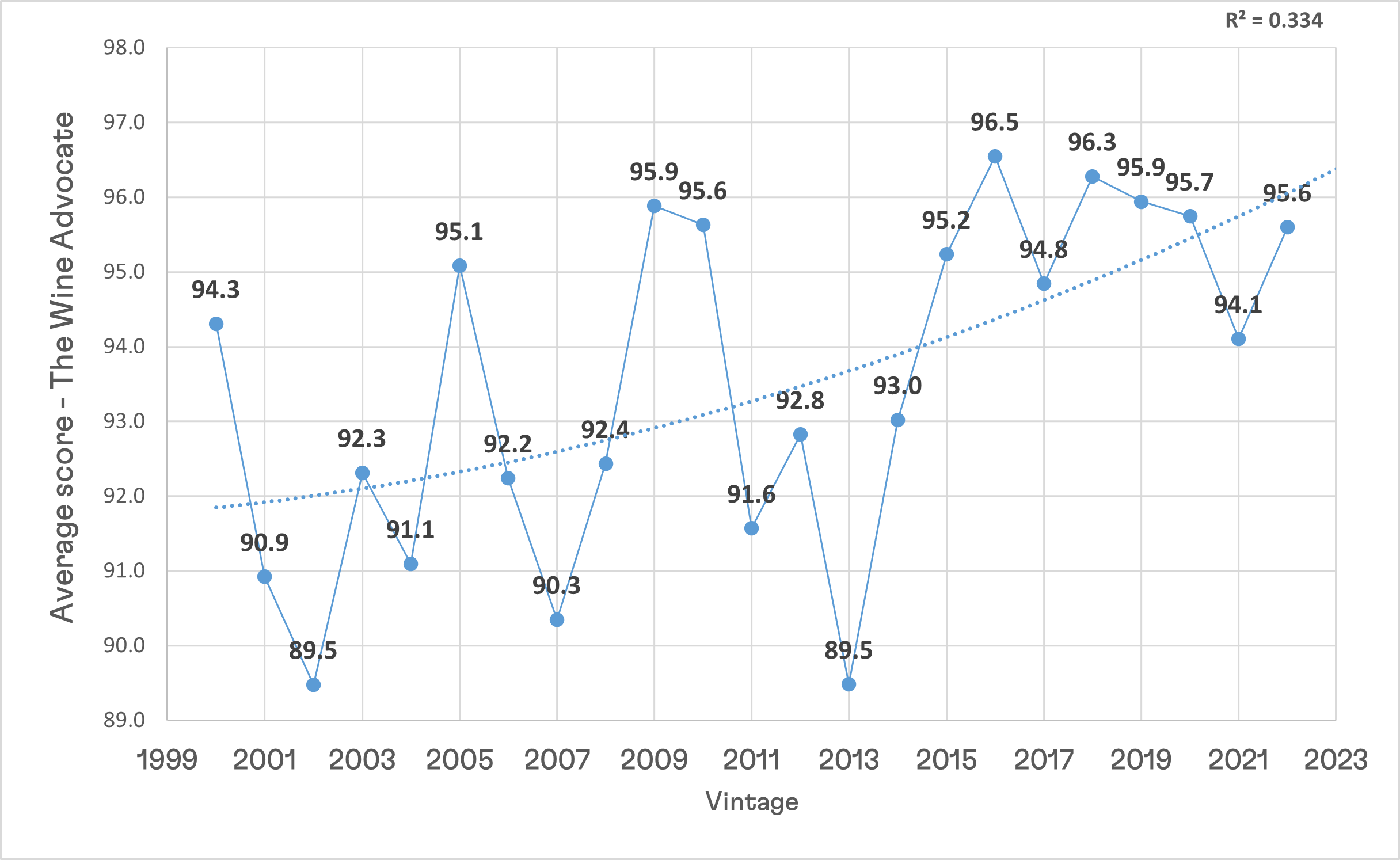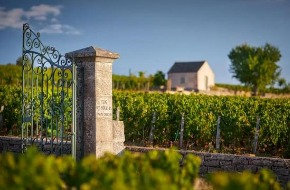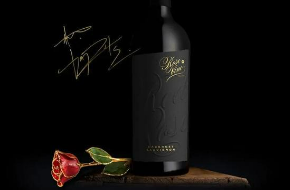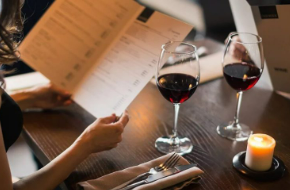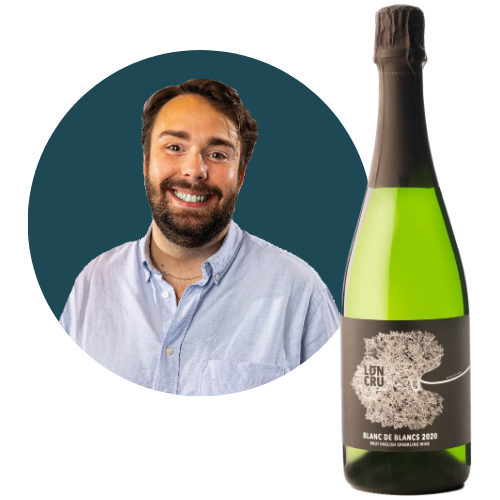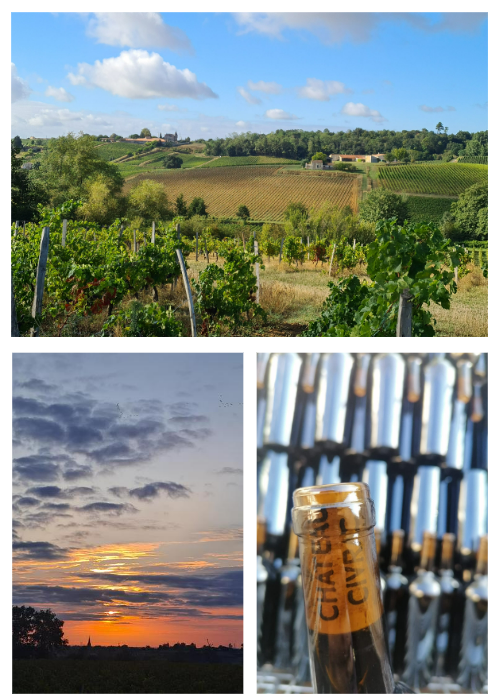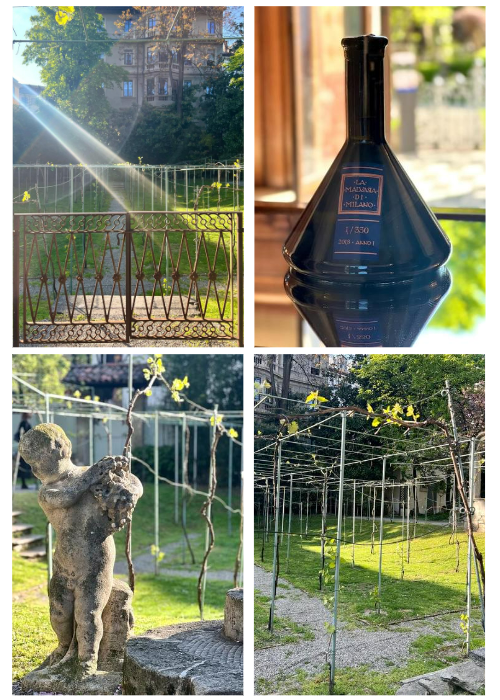Sceptics might point to the issue of so-called ‘score inflation’. For years now, some industry observers have raised concern about critics handing out ever-higher scores to Bordeaux and other regions’ wines. Some charge that critics are compromising their integrity by buying into the Bordeaux hype and handing out higher scores in return for access or publicity. Others might think score inflation stems from a more subconscious gradual elevation by critics - the great wine in your glass can seem better than the great wine in your memory.
But these narratives don’t fully explain the higher scores, in our view. Looking closer at the data indicates that average scores aren’t so much getting higher as becoming more consistently high. In other words, average scores for good vintages are staying around the same but we’re just seeing more of them in recent years. It appears the floor has been raised more than the peak has been pushed higher. This suggests the quality or value of top score hasn’t been eroded. Indeed, the recent top vintages aren’t producing excess amounts of ‘top’ scores (99-100pts).
Years with 10 or more scores of 99 or 100 points (The Wine Advocate):
- • 2005 (10 wines)
- • 2009 (14 wines)
- • 2010 (13 wines)
- • 2016 (11 wines)
Although this doesn’t completely negate the possibility of score inflation, it fits with the narrative that the quality of Bordeaux wine is better and more consistent than ever. Great producers have always delivered exceptional wines when conditions are ideal, but now more producers boast first class facilities and winemaking teams. The improved technology and knowledge are enhancing precision and consistency even during recent ‘down’ vintages (2017, 2021), leading to more scores in the mid-90s and a higher average.
Additionally, the warmer climate has overall (so far) been a positive for the wine quality in Bordeaux even if it brings challenges for winemaking teams. ‘Off’ vintages are now the exception.
Ultimately, comparing wine is far from an exact science and some score inflation, whatever the cause, should not necessarily be viewed as a major problem. You cannot drink a young 99-point Chateau Haut-Brion 2000 anymore to compare it side-by-side to the estate’s 99-point 2020 vintage. They’re different wines from different eras with two decades of ageing in between. What matters is that they were both judged as one of the best wines of their respective vintages and the vintages one of the best of the eras.
